Alright – so today we’ve got the honor of introducing you to Prasanjib Nag. We think you’ll enjoy our conversation, we’ve shared it below.
Prasanjib, appreciate you joining us today. How did you learn to do what you do? Knowing what you know now, what could you have done to speed up your learning process? What skills do you think were most essential? What obstacles stood in the way of learning more?
I learned animation through hands-on experience at a few of my first companies. I started my career in 2003 Hyderabad,India, without formal training, when I joined my first company as a trainee. After a few months, they assigned me to a project—rotoscope 2D computer-generated animation, which I found easy to manage. However, I struggled with my next project, which wasn’t rotoscopic. Realizing my training wasn’t sufficient, the company selected a couple of top artists, including myself, to attend proper 2D animation training. That’s where I truly began to grasp animation techniques.
I bought the computer and began teaching myself 3D animation software, which was no easy task. Back then, YouTube tutorials and other learning resources weren’t available like they are today. I managed to gather a few animation video clips, but I had no software tutorials to guide me. Some friends helped me get started, showing me the basics of the software. From there, I committed to spending an additional 5-6 hours every day after work, focused on mastering 3D animation.
Eventually, I was ready to move on from my current job and dive deeper into the world of 3D animation. A company in another city was hiring 3D animators in my hometown, and I decided to take their animation test, even though it took place at night. Fortunately, I passed the test and was thrilled at the prospect of moving to my dream city, Mumbai. But just before I was set to join, I called them to confirm a few details, only to find out the project had been canceled, and they were no longer hiring.
Feeling frustrated, I decided to take matters into my own hands. I traveled to Mumbai and went door-to-door, dropping off my résumé at every company I could find. I called one company and asked them to let me take their animation test, even if they didn’t have an immediate opening. They agreed to test me the next day. I passed the test, and within a couple of weeks, I was hired.
Looking back, I could have sped up my learning process in a few ways:
Seek Mentorship Earlier: Instead of relying solely on self-learning, I could have sought out more experienced animators as mentors early on. Having direct feedback and guidance from someone with expertise would have helped me avoid common mistakes and learn more efficiently.
Structured Learning Approach: I learned a lot through trial and error, but having a structured plan or course could have saved me time. Focusing on foundational skills, mastering them before moving on to more complex techniques, would have accelerated my progress.
Networking with Peers: Collaborating more with peers could have been valuable. By exchanging knowledge and discussing techniques with others in the field, I could have broadened my understanding much quicker.
Work on Personal Projects Sooner: Taking the initiative to start personal animation projects earlier on would have allowed me to explore my creativity and build a portfolio, while also refining my skills outside of formal job training.
By being more proactive in seeking guidance, planning my learning, and focusing on related skills, I believe I could have reached certain milestones in my career much sooner.
At the time, there weren’t many online tutorials or resources, or finding books, DVDs, or other educational materials, easily available especially in India. it would have helped me build a stronger foundation faster.
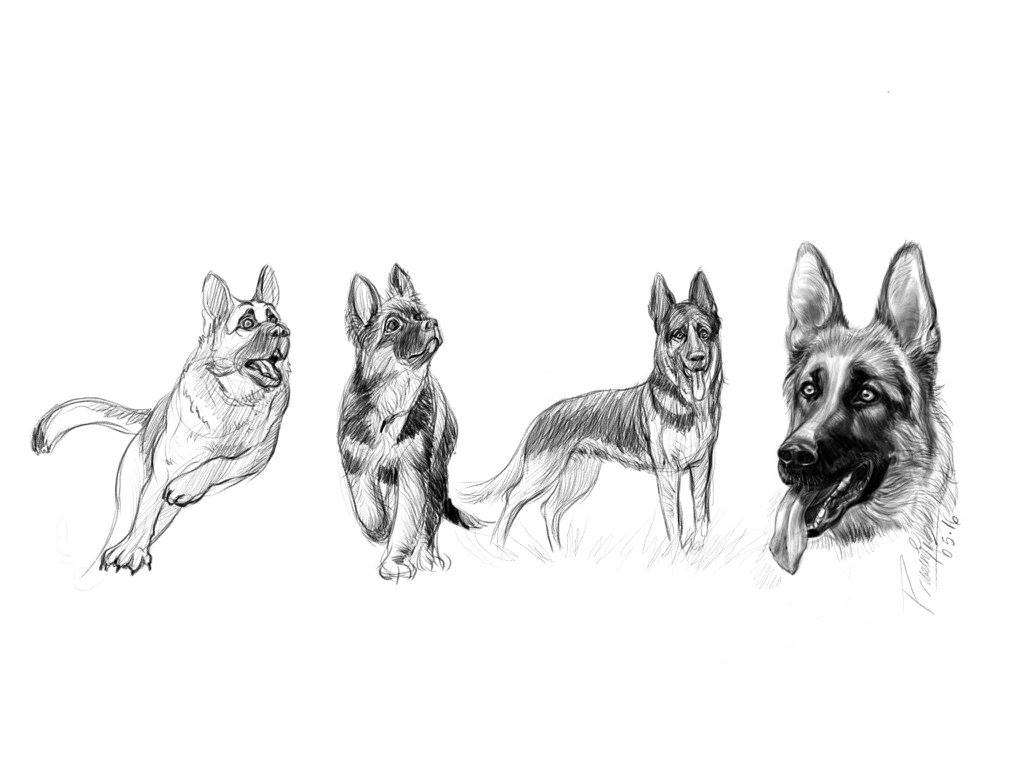
As always, we appreciate you sharing your insights and we’ve got a few more questions for you, but before we get to all of that can you take a minute to introduce yourself and give our readers some of your back background and context?
My Journey: From Sketches in Assam to Animation Worldwide
I was born on December 19, 1978, in a small, picturesque town called Digboi, Assam. Known for its oil refinery, Digboi was a quiet place, but it was where my journey into the world of art and animation began. Even as a young child, I found myself drawn—quite literally—to the world of creativity. My notebooks were filled with doodles, and in school, I could hardly focus on lessons without my hand sketching something or someone. I used to sit on the second bench, close enough to see the board, but never managed to get second rank or any major academic accolades. Why? Because I was always too busy drawing. Teachers, classmates, the classroom ceiling fan—nothing escaped my pencil. Drawing was my language; it was how I connected to the world around me.
I grew up with a steady diet of animated shows like Bugs Bunny, Popeye the Sailor, and Tom and Jerry. These cartoons didn’t just entertain me—they fueled my imagination and became my early lessons in storytelling, humor, and timing. But the movie that truly captivated me, and perhaps planted the seeds of a future career, was Disney’s Tarzan. The seamless combination of stunning animation and an adventurous story opened my eyes to the potential of this art form. Noticing my passion for drawing early on, my mom enrolled me in art school. This was a pivotal moment in my journey.
Education: Building My Artistic Foundation
My cousin brother, Rajib Dutta, was also instrumental in guiding me as I pursued a Fine Arts degree. As well as my family members and few of my cousins With their encouragement, I went on to complete my B.F.A. in Applied Arts from Guwahati University. My academic focus here was on traditional forms of visual arts like drawing, illustration, painting, and design. After completing my BFA, I sought more specialized training and enrolled for a Postgraduate Diploma in Illustration from M.S. University. These years laid the foundation for the artistic principles that would later translate into my animation work. Studying anatomy, composition, and color theory made me a better artist, but I was still searching for something bigger—something that combined my love for drawing with movement and storytelling.
Stepping into the Animation World: Hyderabad and My First Job
The turning point in my life came when I decided to move to Hyderabad to learn animation. I had no formal training in animation at the time, and to be honest, I didn’t know what to expect when I walked into that interview room at D.Q. Entertainment Ltd. I wasn’t even aware of the people who were interviewing me or the specific challenges they would present. What I did have was confidence and a passion for learning, and somehow, that was enough to land me the role of a trainee.
Working at D.Q. Entertainment was like being thrown into the deep end of the pool. I had to learn everything—Flash animation, 2D animation, 3D animation—on the job. But it was exciting. My first project was a rotoscope—a 2D computer-generated animation technique. Rotoscoping was manageable for me, but the next project wasn’t. It wasn’t a rotoscope show, and I began to struggle. It became clear to me that my initial training wasn’t enough to tackle more complex tasks.
Fortunately, the company saw potential in me and selected a few promising artists to undergo formal 2D animation training. I was one of them. That was my first true introduction to the intricacies of animation, and it set the tone for the rest of my career. Everything was new—a new job, a salary—but I still had the mind of a boy chasing dreams.
A Royal Enfield or a Computer? A Life-Changing Decision
Around this time, I had a burning desire to own a Royal Enfield motorbike. It had always been my dream to ride one, and after saving some money, I was ready to make that dream a reality. I even took the bike for a test drive and had almost made up my mind to buy it. But then, a chance encounter changed everything. I still remember my roommate Murthy, suggesting that I should invest in a computer instead of a motorbike. For some reason, his advice stuck with me. In hindsight, I thank that stranger every day because buying that computer was the decision that transformed my life.
With the computer, I began teaching myself 3D animation. But it wasn’t easy. This was before the era of YouTube tutorials and the vast sea of online learning resources we have today. There was barely any information available online at all. I had no guidance, no formal course material. All I could do was collect video clips, observe them, and try to figure out how things worked. Some friends helped me learn the basic tools, but for the most part, it was long hours of trial and error. After my office hours, I would spend an additional 5-6 hours every day working on my 3D skills, slowly but surely improving.
Moving to Mumbai: Chasing the Dream
As my confidence grew, I knew I needed to leave my job and chase my real passion—3D animation. An opportunity arose when a company from another city came to Hyderabad to hire 3D animators. They gave us an animation test, which, to my surprise, was scheduled for nighttime. Despite the odd hours, I managed to pass the test and was selected. I was thrilled—my dream of moving to Mumbai, the heart of India’s creative industries, was coming true!
But just before I was about to join, I called the company for some final details and learned that the project had been canceled. They were no longer hiring. The disappointment was crushing, but I wasn’t ready to give up. I traveled to Mumbai on my own, armed with nothing but my portfolio and determination. I went door-to-door to various animation companies, submitting my resume and asking for a chance. Finally, one company agreed to take my interview and animation test. I gave it my all, and a couple of weeks later, I was hired.
From Mumbai to the World: DreamWorks, Spain, and Canada
My move to Mumbai opened up new opportunities. I joined Tata Elxsi Ltd., where I got the chance to work on projects that brought me closer to my dream. I worked with Aamir Khan on Taare Zameen Par, a film that blended live-action and CG animation beautifully. Soon after, I worked on Roadside Romeo, a 2008 animated musical comedy produced by Yash Raj Films and Walt Disney Pictures. The film went on to win the National Award for Best Animation Film and was nominated for the Visual Effects Society Awards in 2009.
My career took another major leap when I joined the DreamWorks Dedicated Unit at Technicolor in Bangalore. This led to a golden opportunity: I was sent to DreamWorks in Glendale, Los Angeles, where I spent a short but transformative period learning from the best in the industry. My time in L.A. taught me invaluable lessons that I still apply in my work today.
In 2016, I moved to Spain to work at Ilion Animation Studios on Paramount Pictures’ animated feature film Wonder Park. Working with such a talented team of artists was an incredible experience. But my long-term goal had always been to move to Canada, the global hub of animation.
In 2017, that dream came true. I moved to Montreal, Canada, with my family and joined Cinesite Studios. After a year, I was promoted to animation lead. Montreal was a cold city, but its rich culture and the creative opportunities it offered made it a rewarding experience for my family and me.
After three and a half years in Montreal, I moved to Toronto and joined Tangent Animation Studios in 2021. Unfortunately, after only eight months, the studio shut down, leaving me at a crossroads. But life has a way of presenting new doors when one closes. In 2022, I was hired by ILM, a Disney company, in Vancouver. Working on feature animated films as well as VFX projects for Marvel, DC Comics, and Warner Bros was an exciting chapter in my career.
Today and Beyond: Returning to DreamWorks and Leading at DNEG
In 2023, I rejoined DreamWorks Animation, working on Trolls Band Together and Kung Fu Panda 4. After a year with DreamWorks, I joined DNEG Animation’s India unit as an Animation Supervisor. I’ve been working on Warner Bros’ project Cat in the Hat for the past six months, leading a talented team of animators.
Beyond the Screen
Animation may be my profession, but art is my life. When I’m not in front of a computer, I’m playing guitar, sketching, or catching up on the latest movies and web series. My journey from a small town in Assam to working with some of the biggest names in animation has been anything but straightforward, but it’s a path that has shaped who I am today—a passionate artist, a learner, and an animator always in search of the next great story to tell.
My inspiration comes from real life—my wife and daughter, friends, and the people around me. Their experiences help me infuse the right emotions into my animated characters. I pay close attention to body language, human posture, and emotional nuances, allowing me to create more authentic and relatable animations. Observing these details enriches my work and deepens the connection between the audience and the characters.
My primary focus is on empowering my team members to enhance their animation skills and elevate their creative output to new heights. I am dedicated to supporting their professional growth by providing resources, mentorship, and opportunities for collaboration. My goal is to cultivate an authentic and inclusive environment where everyone feels valued and encouraged to share their ideas. By fostering this collaborative spirit, I believe we can inspire one another and achieve remarkable results together.
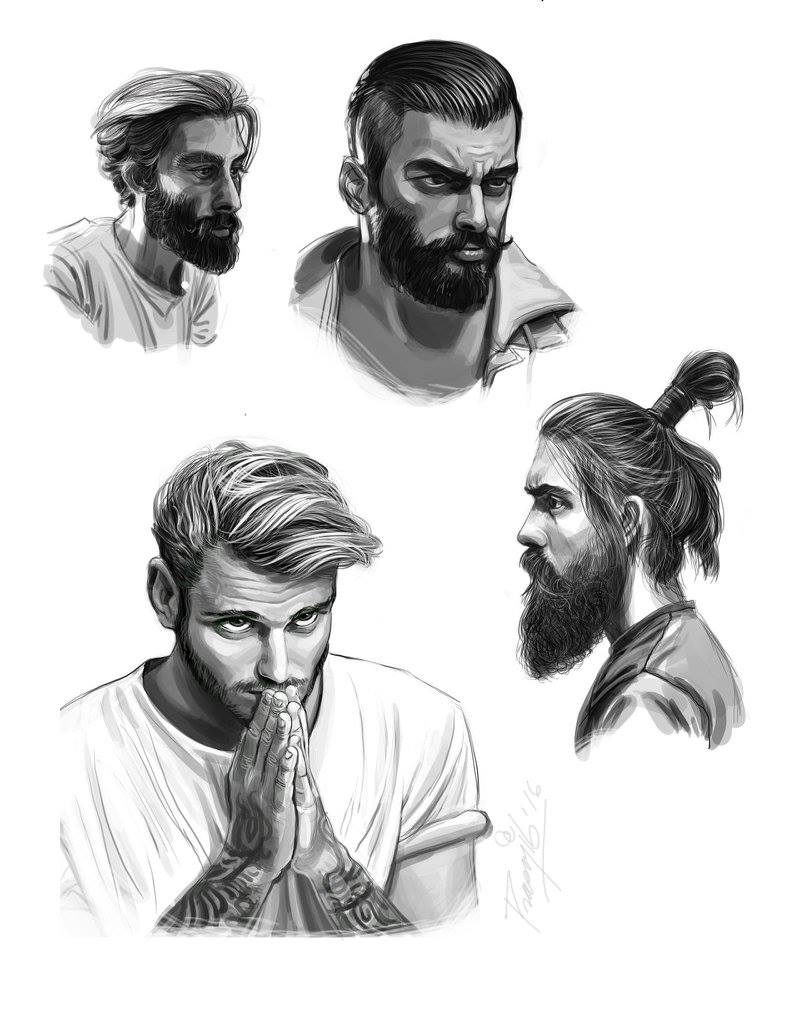
Is there a particular goal or mission driving your creative journey?
My Creative Journey: A Mission to Inspire Through Animation
At the heart of my creative journey is a deep passion for storytelling and a relentless drive to push the boundaries of animation. From my early days of sketching cartoons in the classroom to leading complex animation projects, my mission has always been to bring characters and stories to life in a way that resonates with audiences emotionally and visually.
I strive to create work that not only entertains but also sparks imagination and joy, much like the cartoons and films that inspired me as a child. Every project is an opportunity to learn, grow, and refine my craft, whether it’s capturing the subtleties of facial expressions, mastering body mechanics, or tackling the technical complexities of the animation process.
My goal is to be part of a creative legacy that drives the future of animation forward—by nurturing new talent, exploring innovative techniques, and constantly challenging myself to evolve as an artist. Ultimately, I want to inspire others, just as the iconic characters and stories I grew up with inspired me, and contribute to a world where animation continues to be a powerful medium for storytelling and expression.
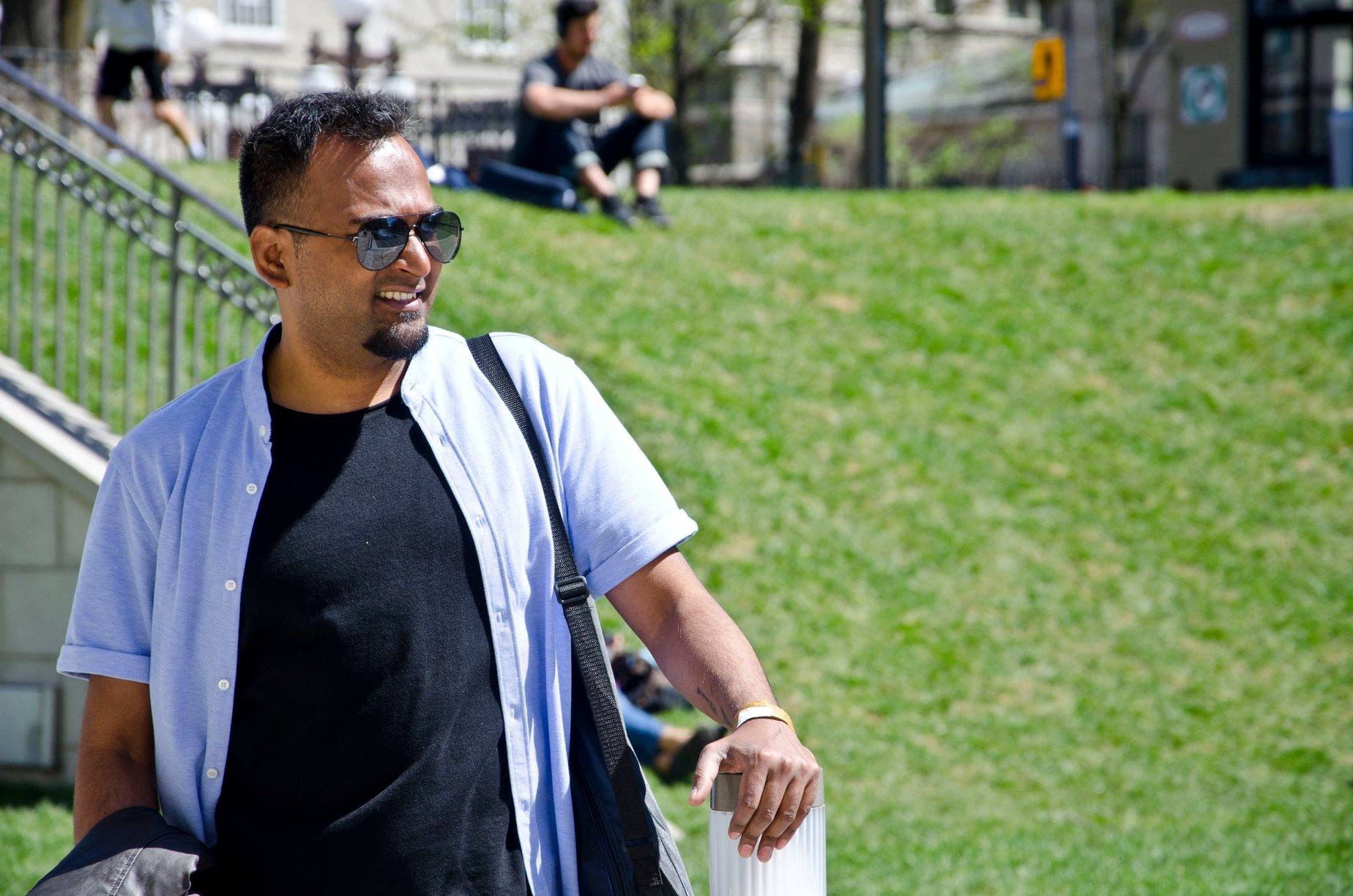
In your view, what can society to do to best support artists, creatives and a thriving creative ecosystem?
To build a thriving creative ecosystem and support artists, society can:
Invest in Education & Mentorship: Provide accessible arts education and mentorship to nurture talent and foster innovation.
Create Creative Hubs & Platforms: Develop spaces—physical and online—for artists to collaborate, showcase work, and connect globally.
Provide Financial Support: Offer grants, scholarships, and fair contracts to give artists financial stability.
Encourage Diversity: Promote inclusive storytelling and fund projects from underrepresented communities.
Foster Cross-Industry Collaboration: Facilitate partnerships between creatives and other industries for innovation.
Champion the Arts in Society: Invest in public art and media recognition to raise awareness of the value of creativity. Public art installations and exhibitions can make art accessible to all.
Promote Global Exchange: Support creative residencies and international collaborations to inspire cross-cultural ideas.
Contact Info:
- Website: https://prasanjib-nag.blogspot.com/
- Facebook: https://www.facebook.com/profile.php?id=100063464246962&sk=photos
- Linkedin: https://www.linkedin.com/in/prasanjib-nag/
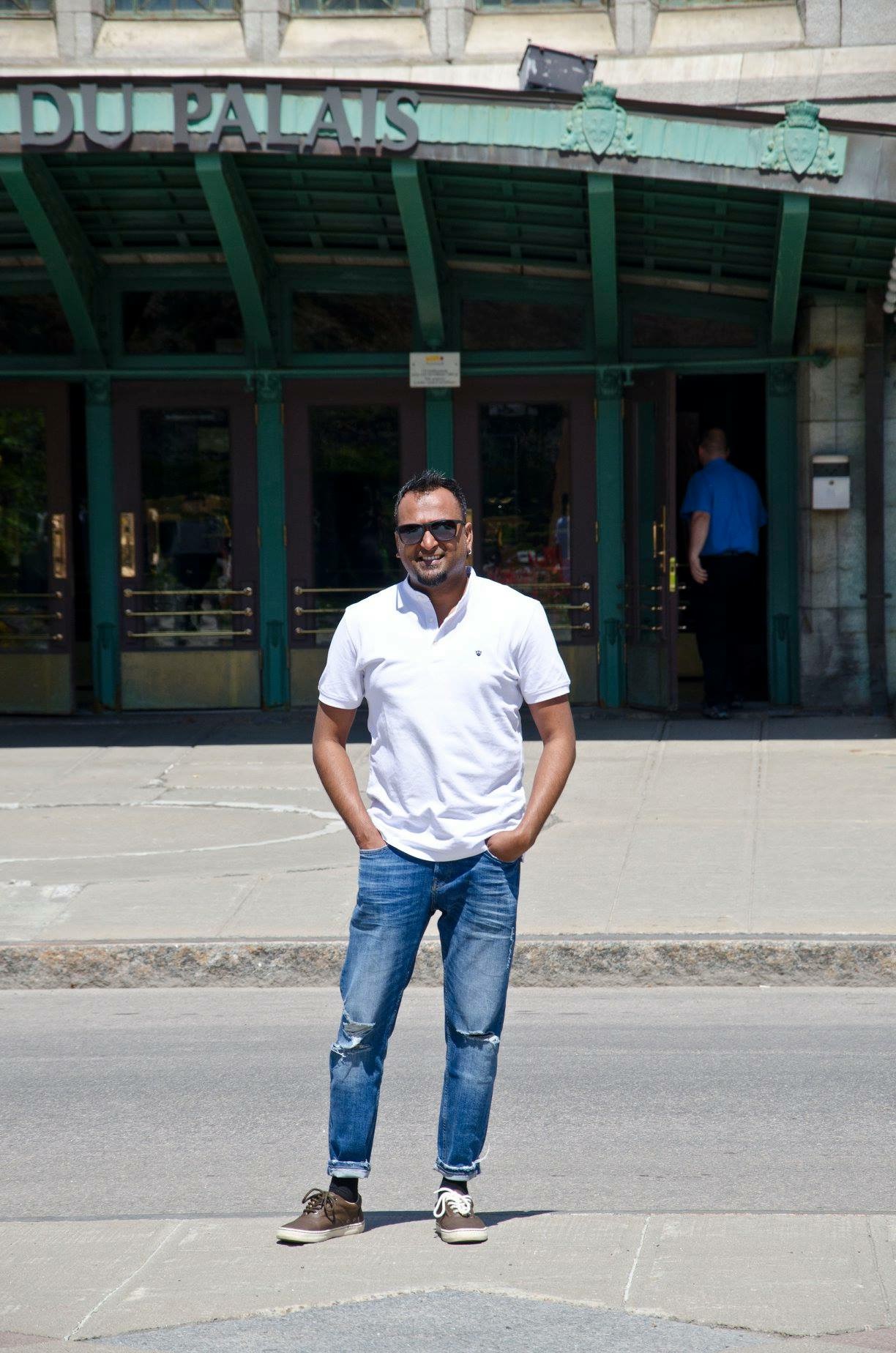
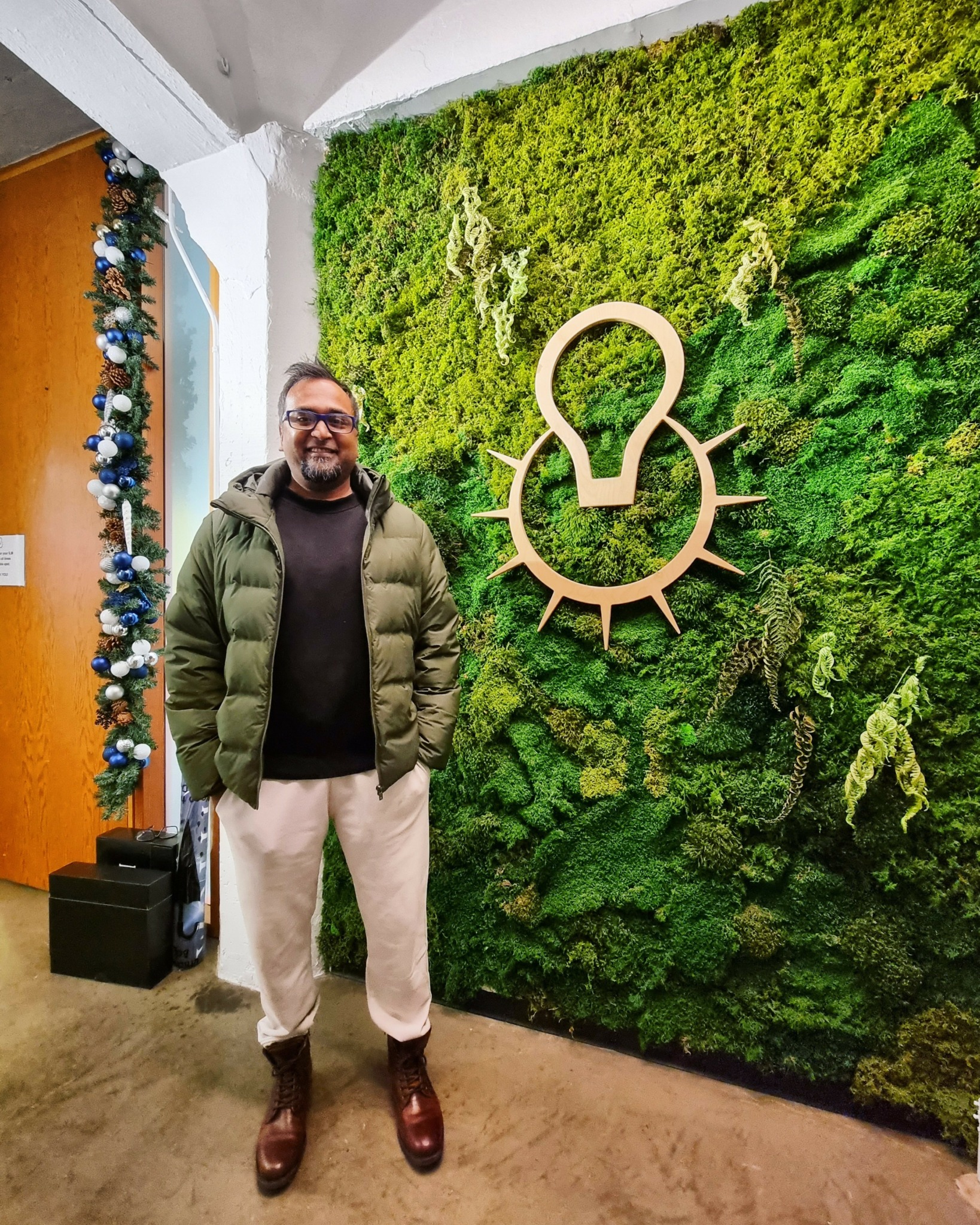

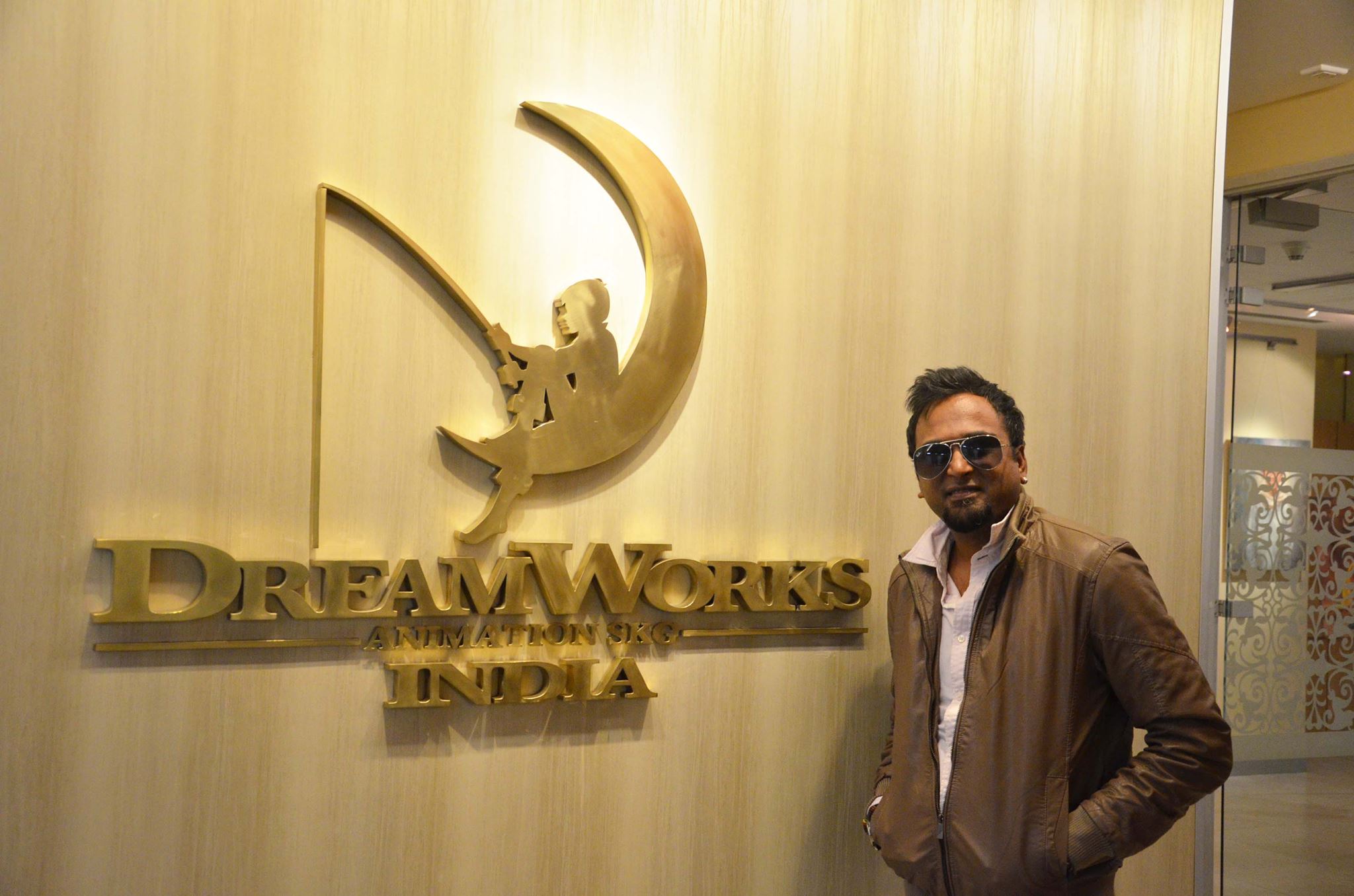


Image Credits
Nitin Garg


